Introduction
The SOtM sMS-200 has been the talk of the town in recent months…and for good reason. A lot has already been written on its functionality and features set so this review is primarily focused on the sonic qualities of this device. First allow me to get a few setup formalities out of the way.
Which Player Offers the Best Sound Quality?
After trying the various software players from Squeezelite, Shairport, MPD, etc the Roon player produced the best sound quality so I’ve stuck with it for this review. Unsurprisingly, the differences in sonic quality were significant between the players. For example, with a hard drive connected directly to the sMS-200 and using Squeezelite I was getting a borderline dark sound. Move back to Roon and everything opens up. It wasn’t that it sounded bad, it just had a completely different signature depending on the player used in this setup. (shrug)
Why Use a Networked Audio Adapter/Streamer?
I’ve gone over this topic a few times and the bottomline is, lower noise and better fidelity. But for kicks I’ve done a quick comparison between having the sMS-200 networked into the Chord DAVE and attaching it directly to a Macbook Pro + W4S Recovery USB conditioner. No matter how good your USB conditioner is, it just won’t sound as good as if you were to use a NAA. You’ll also get fewer dropouts and stutters in your stream. Here were a few audible drawbacks of using USB directly:
- A much flatter sound.
- Lots of smearing between actors and the entire spectrum in general.
- Lower dynamics and energy
- Transients are awfully slow
- PRaT probably takes biggest hit. The sound just isn’t cohesive and sounds inhibited.
- In this case, an overly warm and fuzzy sound.
- Bloated low-end and tinny highs.
Frankly, once you go with network streamers, you’re never going back to direct USB.
How About a USB Conditioner at the DAC with the sMS-200?
Typically adding more components to the chain will degrade the signal, even if it’s meant to help improve said signal. Having done some testing with and without the W4S Recovery USB conditioner, I much prefer the W4S Recovery in the chain. It adds a sufficient level of low-end presence, rumble, and slam. Tonality is also improved. It just sounds more natural holistically and there’s really no drawbacks from using the W4S Recovery in this particular setup with the Chord DAVE. I would definitely recommend it for listeners with brighter gear, like the Focal Utopia. A win for the W4S Recovery. I have the Rev C board which I’m not sure has been released yet but should be their latest model. Given my experience with other USB conditioners and what I heard from just using the Recovery, I’m sure the sMS-200 will benefit from these type of devices. They will be releasing their tX-USBUltra soon.
UPDATE 4/11/2017: Unlike the microRendu, the sMS-200 does require a USB conditioner. The sound is a bit too bright/lean otherwise. This is a tiny annoyance as you’ll have to have two high quality USB cables in the chain (Couldn’t use an adapter at the DAVE while RCA line-outs are being used. The ports are too close together). The alternative is to use S/PDIF with the dx-USB HD but you’ll be limited to 24/192. Some say you’ll get better audio quality this way anyway. I haven’t tested this.
SOtM shipped their mBPS-d2s along with the sMS-200 because running things off just batteries is just awesome (and all that low-noise mumbo jumbo). I was curious as to how much of a difference this battery pack actually makes..
SOtM mBPS-d2s Battery Module Findings
- I do get a different sound if the battery pack is charging with the power cable plugged in. For what it’s worth, it’s plugged into a High Fidelity Cables Hemisphere power conditioner.
- You’ll get more dynamics and sparkle and clarity with it plugged in. It’s meant to be plugged in anyway but i just thought I’d mention it.
- Also tonally better with it plugged in as well.
- Pointless but thought it was an interesting fact as I thought the battery circuitry was completely isolated.
- As far as fidelity, it’s pretty appalling how bad it sounds without the battery pack. Really flat, smeared, fuzzy, overly warm. Lacks dynamics, details, and textural context. Don’t do it. It’s also louder (6dB-ish) without the battery for whatever reason.
- Transparency, dynamics, details, separation, and pretty much everything is lost without the battery. It’s completely flat and lifeless. It’s like the battery pack is the CPAP machine to the sMS-200 which helps it breathe.
- To be honest, they should be sold as a combo…always.
Does the Quality of the Ethernet Cable to the sMS-200 Matter?
Truly reaffirms my thoughts on the PS Audio LANRover but short answer is HELL YEAH. If you’re running a standard CAT6/7 cable from Monoprice or Amazon, get yourself a high quality ethernet cable today. Chances are that harshness you’re hearing is from that stupid cable. Streaming music is a whole new ballgame and your ethernet cable could be your largest barrier to high fidelity. I would even go as far to say even more so than your amp or other interconnects costing many times more. Its affect on sound quality for a networked streamer cannot be understated.
Personally, I would just go straight for a SOtM dCBL-CAT7. You’ll continually reap musical enjoyment as your system evolves and unlike most components, probably doesn’t have to be replaced often. It’s pricey but after hearing it, my wallet just magically left my jean pocket and appeared in front of me with a golden aura and sparkles all around it. I’m not an impulsive buyer by any means. I’m just floored by the performance of this cable and I find it a worthwhile investment. If anything, I wish I had invested in a cable like this earlier as I’m disgusted by how much fidelity I was losing all these years.
Sound Quality
You know a device is special when you listen to an album you don’t like…and actually enjoy it. I’m probably one of the very few who don’t like (or hate) Beck’s Sea Change. I appreciate the sound engineering but not my forte as far as music. With the sMS-200 this album was incredible and I actually added a few songs to my testing playlist. I don’t remember ever finishing this album from start to finish. The sMS-200 is making its presence known.
Here are a few more of my raw notes for a couple of tracks:
Radiohead – Identikit
- Overlays of vocals are very seamless for this track.
- The low-end is quite a treat. Lots of definition and authority.
- When the guitars come in on both channels, you’re completely immersed into the complexity and the musicality of the song (around the 2:35 mark).
- From memory, other streams had a bit more smeared or unnatural tone for this track.
- Tonal balance is one of the greatest achievements of the sMS-200.
Nirvana – Heart Shaped Box
- Amazing control and grip of the underlying complexities.
- I don’t recall ever hearing this level of depth from this recording.
- Guitars and drums have more dimension and body.
Dr. Dre – Still D.R.E.
- I grew up on gangsta rap, a time when I was trying to make a dolla outta 15 cents. 🙂 I’ve heard this track thousands of times on hundreds of systems (some audiophile grade and some in hydraulic lowriders) and I’ve never heard it this clean, coherent, impactful, and dynamic. Misses a bit of low-end slam but that’s probably attributed to the Utopia. Enough said.
Nirvana (Unplugged in New York) – Where Did You Sleep Last Night
- Uncanny realism on Curt’s vocals. Didn’t realize how melodic his singing abilities were.
- The guitar strums are effortlessly felt throughout the track.
- They acoustic space they’re performing in (Sony Music Studios) is easily identifiable via the numerous spatial cues presented before you.
Marilyn Manson – Third Day of a Seven Day Binge
- Whoa. It seems like I’ve been listening to a veiled recording all this time. Uncanny transparency.
- This track could come off harsh or smeared in some setups. I think the sMS-200 really excels with its ability to provide a very natural flowing and balanced sound.
Massive Attack – Angel
- When I hear this track, it sounds a bit disjoint at times. With the sMS-200, the song is seamless and smooth.
- The sound is never crowded or blurred. You forget the equipment you’re listening to and are just enveloped in the music.
Marian Hill – Down
- Samantha’s voice is delicate and has an eerie level of realism.
- Since the piano notes are mostly isolated on this track, it was easy to determine how tonally accurate it sounds with the sMS-200. It’s how a piano should sound.
Rickie Lee Jones – St. James Infirmary
- Hot dam, startling realism from vocals to instruments.
- On some streamers, this track sounds flat. With the sMS-200, I’m getting some remarkable imaging and dynamics.
Paramore (The Final Riot!) – Decoy
- This track sounds so spacious and detailed without being harsh and messy.
- Amazing resolution and depth. The audience, band, and Haley’s voice is ever so accurately presented on the soundstage.
Conclusion
It really didn’t take long to realize that this is a top-tier network streamer. I don’t remember the last time I went through so many tracks for a review on a single piece of audio equipment. So much that I actually forgot to eat, which will help me fit into my suit for a wedding in a couple weeks (Win-Win). With the sMS-200, I experienced familiar tracks in a whole new light and I don’t believe I’ve heard the recordings sound this natural, with so much composure, while still maintaining a musicality and impact that aligns with artistic intent. It is truly a remarkable achievement.
The SOtM sMS-200 is effortless in conveying even the most complex and busiest tracks. Layering and separation is done elegantly and in proper fashion. Every single recording, even poor ones, sounded natural and coherent. I couldn’t find any glaring faults from this NAA at all. Perhaps it lacks a bit of that “high-energy” sound but that type of signature gets old and fatiguing. It’s really difficult to pick out faults when this has been the best I’ve heard many my test tracks. Other streaming devices tend to color the sound in one way or another or have a more manufactured/artificial “hi-fi” sound. The greatest strength of the sMS-200 is that it maintains integrity and remains tonally accurate throughout, no matter what you throw at it. That was a theme for all my listening sessions.
After hours upon hours of sheer musical enjoyment from this system, this is the best network audio adapter/streamer I’ve heard on my reference listening system. SOtM is constantly pushing the envelope in high fidelity audio and I can’t wait to listen to their future offerings. At this price point, the SOtM sMS-200 is by far the most sincere, pure, and transparent NAA we’ve ever had the pleasure of testing. Needless to say, the SOtM sMS-200 has earned a spot in our reference system. If you’re interested in more of SOtM’s products, Crux Audio carries their entire line. Check them out!

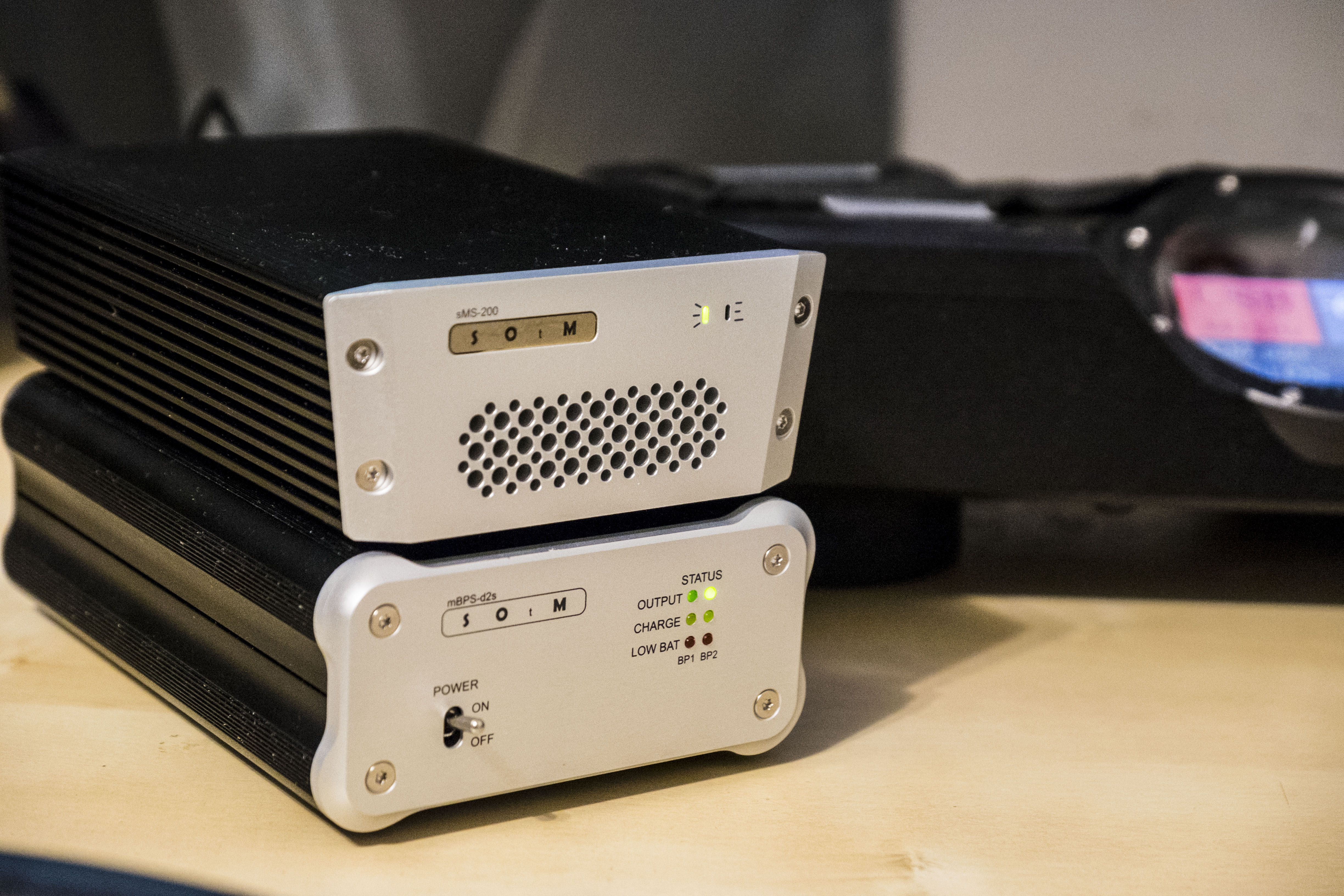
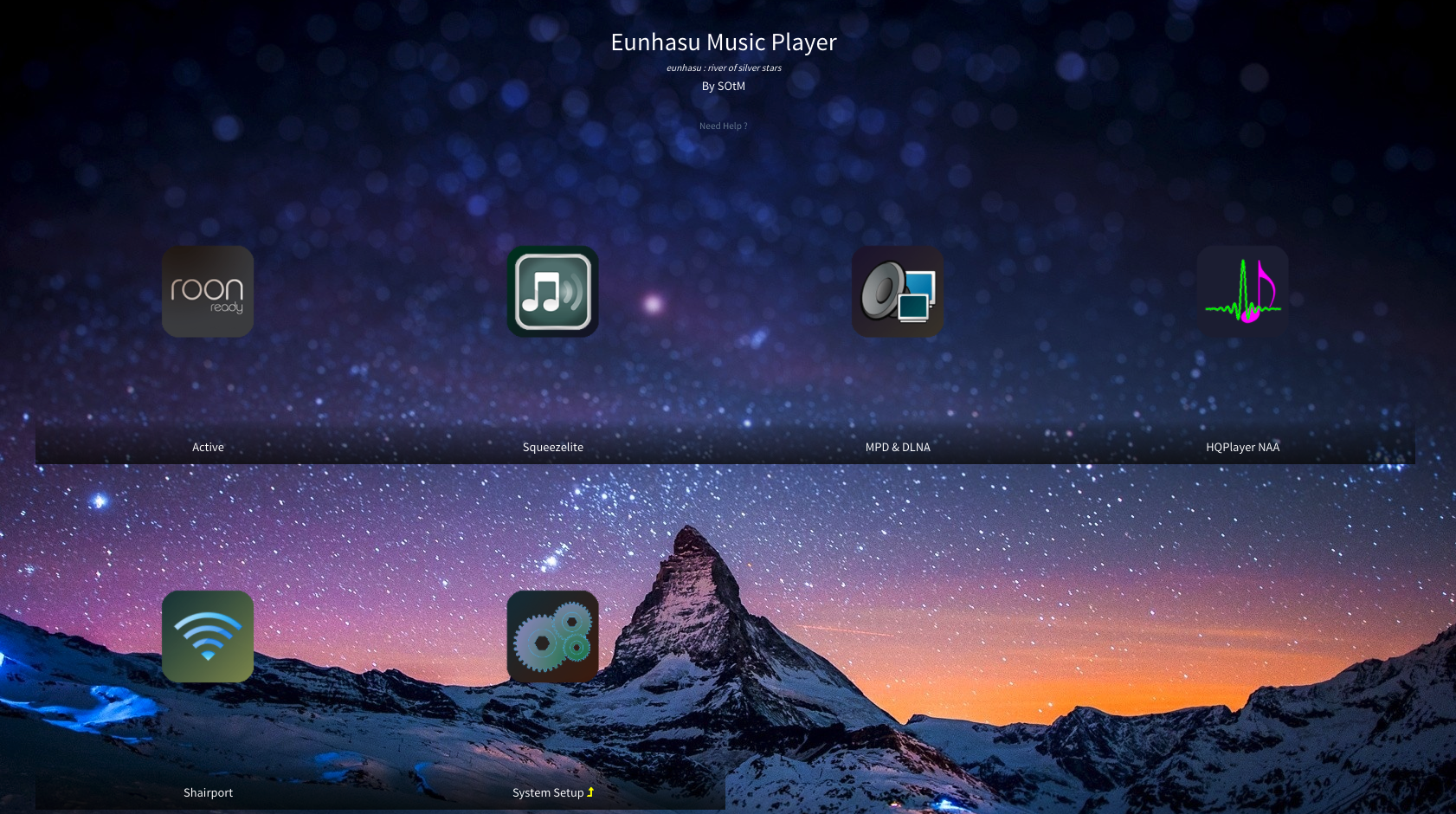
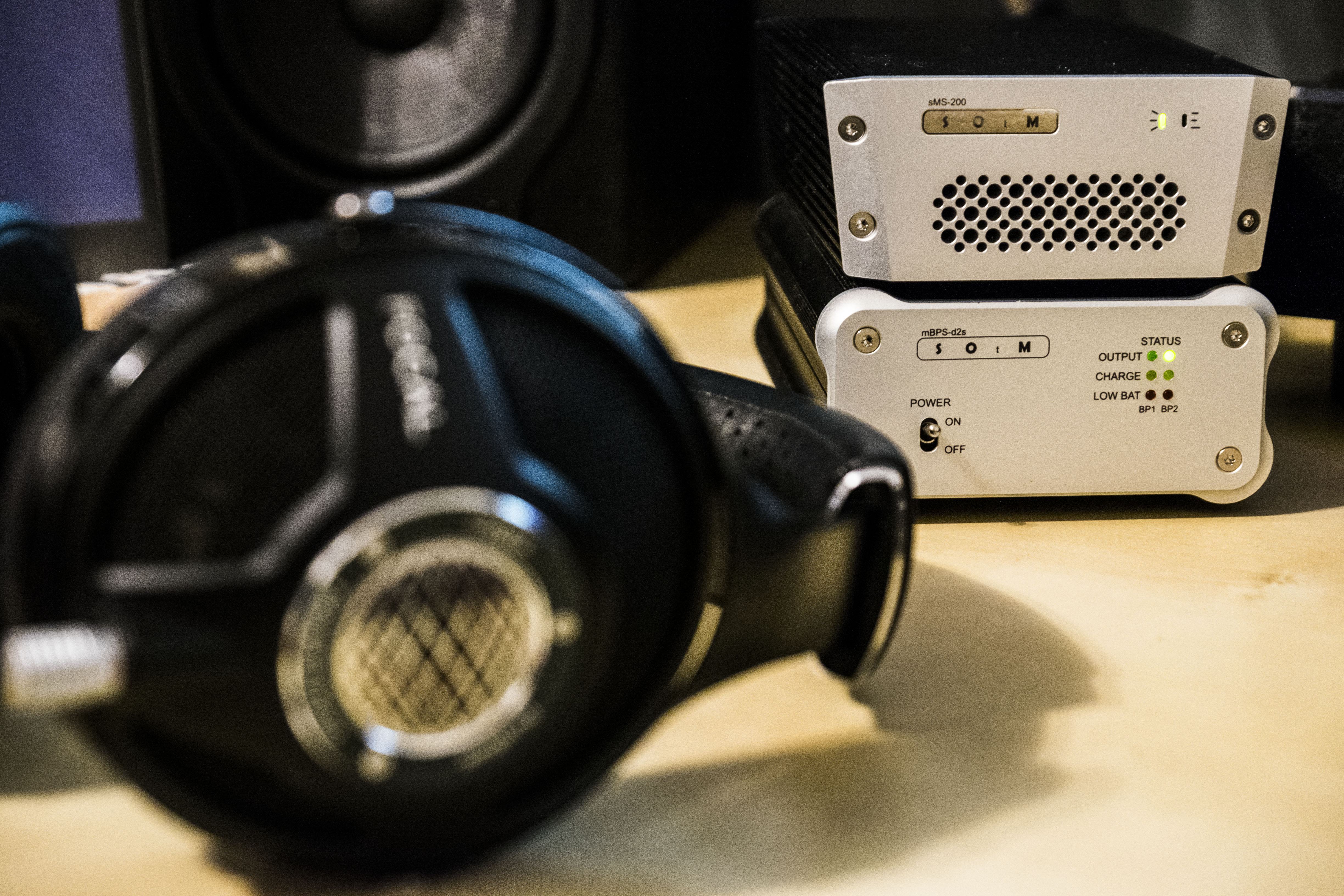
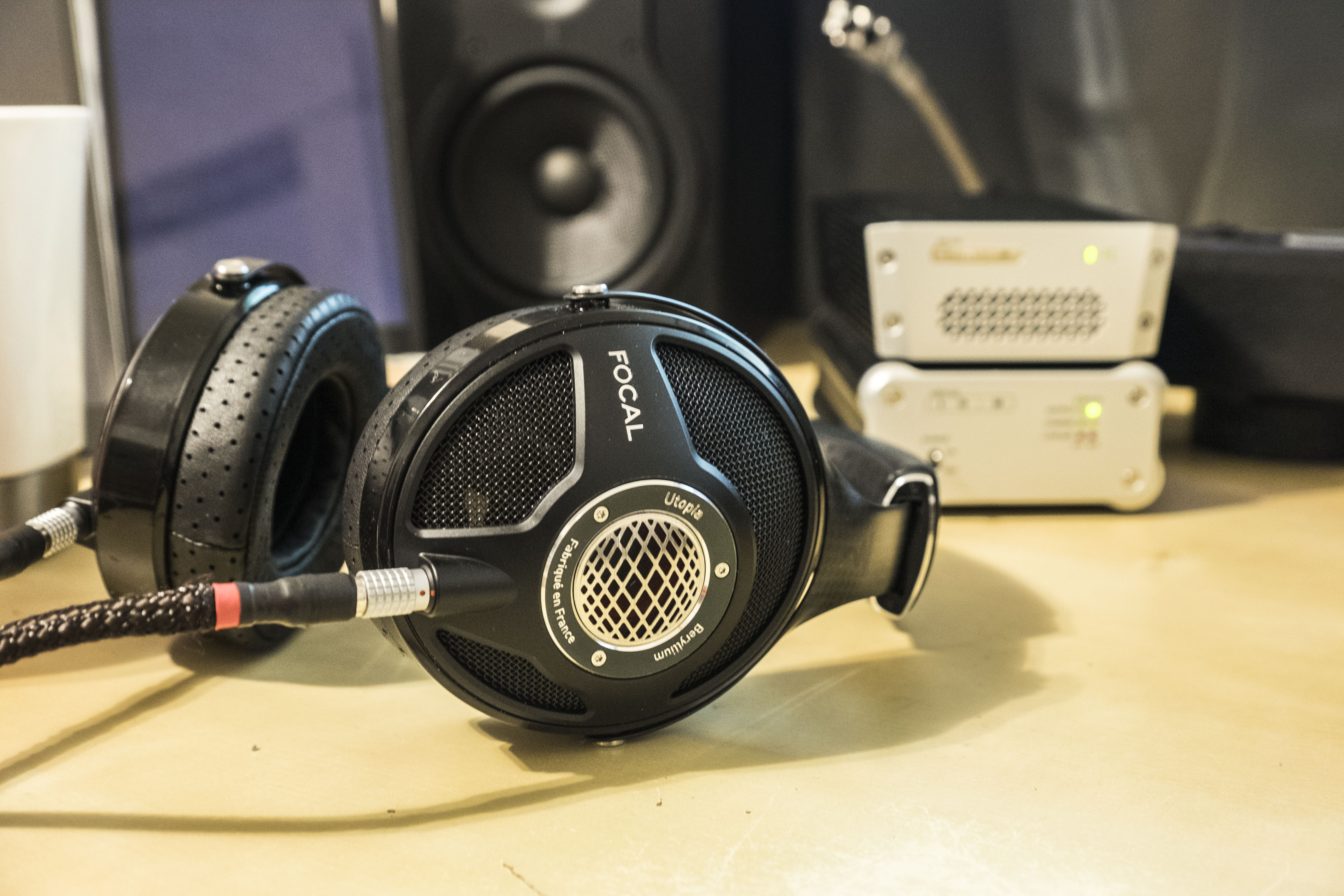





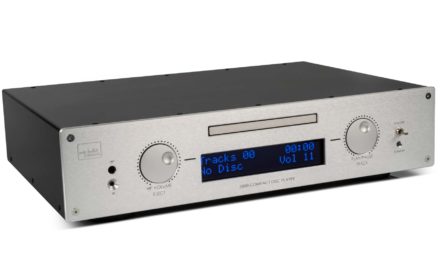
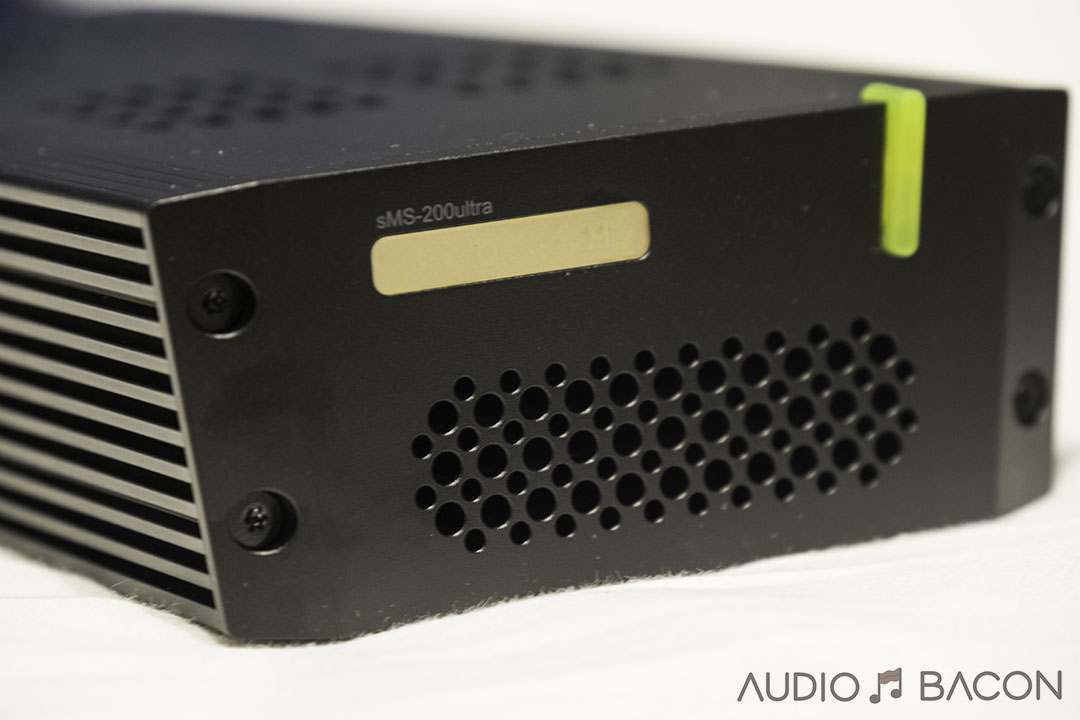

Another interesting review! Great stuff.
Out of interest what power supply did you use for the W4S Recovery when comparing the PC > RUR > DAC vs the NAA > DAC?
I was using the stock W4S Recovery supply the entire time.
Another thought provoking review Jay. It seems that the pace of NAA progress is not abating.
And also leads to a hundred questions. Here’s my top few:
1. How does the LPS-1 compare with this SOtM battery model?
2. Is the 7N Silver DC cable option worth it? (Some sceptics say 7N silver is not even possible, or at least is not measurable to confirm if it’s possible).
3. I think you have a prototype of the SMS-200 Ultra with the super clock? How does that fit in in terms of proportional increases in SQ?
4. And does the Ultra change the importance of ethernet cable and further USB condintioners like the Wired Recovery?
That will do for now 🙂
Hey Richard,
1. Unfortunately I actually didn’t get a chance to power the sMS-200 with the LPS-1 but from what I’ve gathered, you’ll get more energy and soundstage with the LPS-1 and a more coherent and natural sound with the battery. Name of the game is impedance so even with the best battery, it probably won’t outperform something like a Paul Hynes SR7 which have floating outputs and an ultra-low output impedance (forgot exact measurement).
2. The demo I received did not come with the silver cable but just from experience, you’ll probably get more detail and speed and trade a bit of warmth for that. I’ll be posting a deal soon that SOtM’s offering for a limited time.
3. I do not have the Ultra but from what I’m gathering…it’s a worthwhile upgrade. SOtM makes their own clock boards and it’s supposedly one of the best in the world right now. I think each of those super clock boards are $700 so…keep that in mind.
4. I’m currently trying out cables from a few other brands and I’m pretty dam sure the ethernet cable will always matter. It really is the bottleneck of most networked systems. Each and every one of them improves on the cheap ones, especially the CAT5 stuff. After hearing what a good ethernet cable could do, I’m just disgusted I didn’t upgrade sooner. Spent so much money on the other stuff.
5. USB conditioners didn’t really change my microRendu much (it does a great job on its own). The sMS-200 on the other hand will probably benefit from one, not sure about Ultra.
Hi Jay,
Many thanks for this review! I have a PPA V3 USB card with LPS-1, would you consider to replace it with SoTM 200 + LPS-1?
Thanks,
Tom